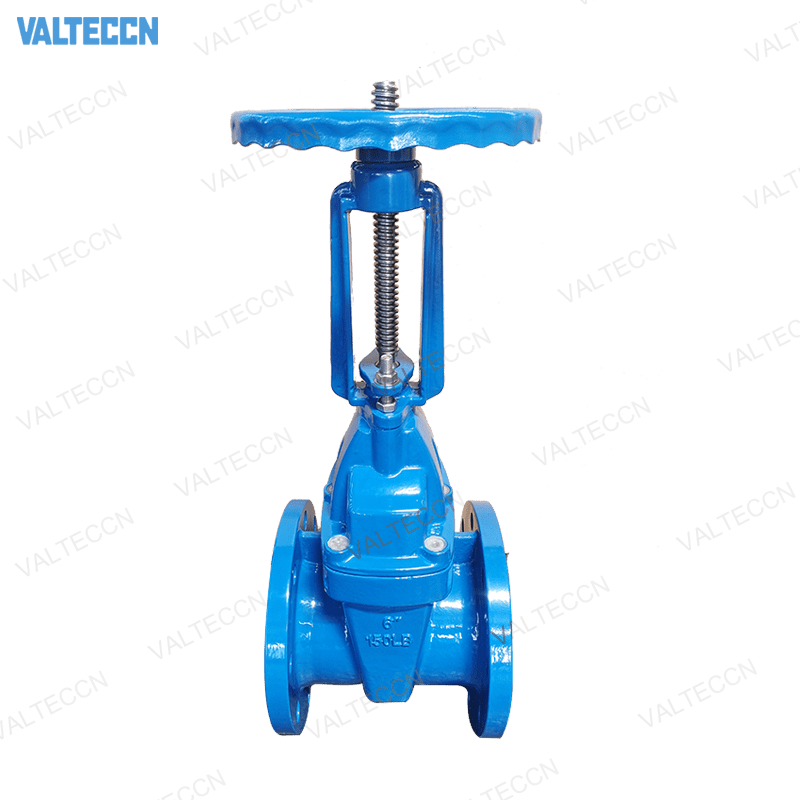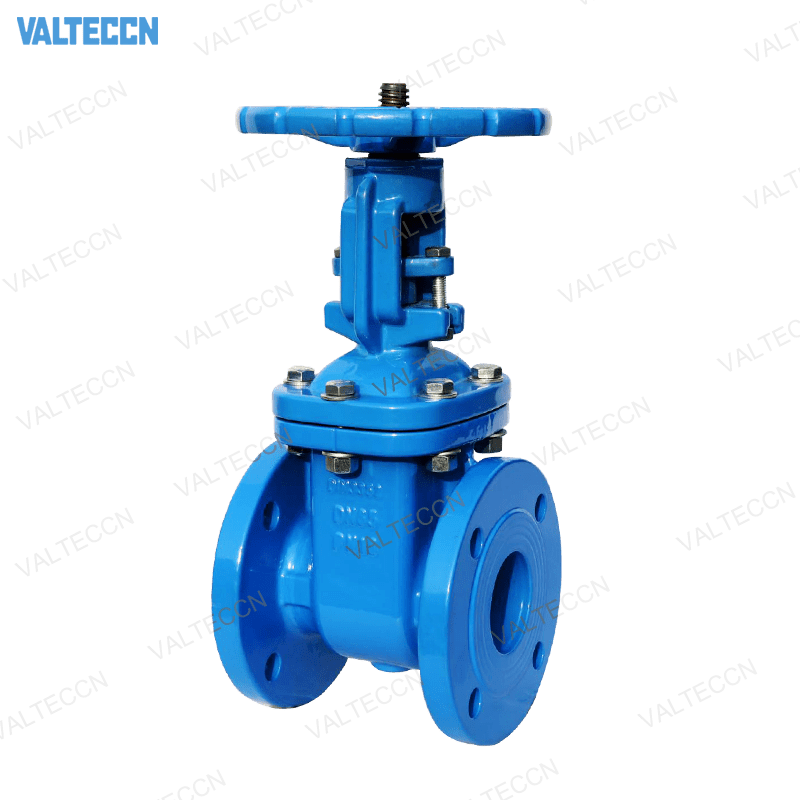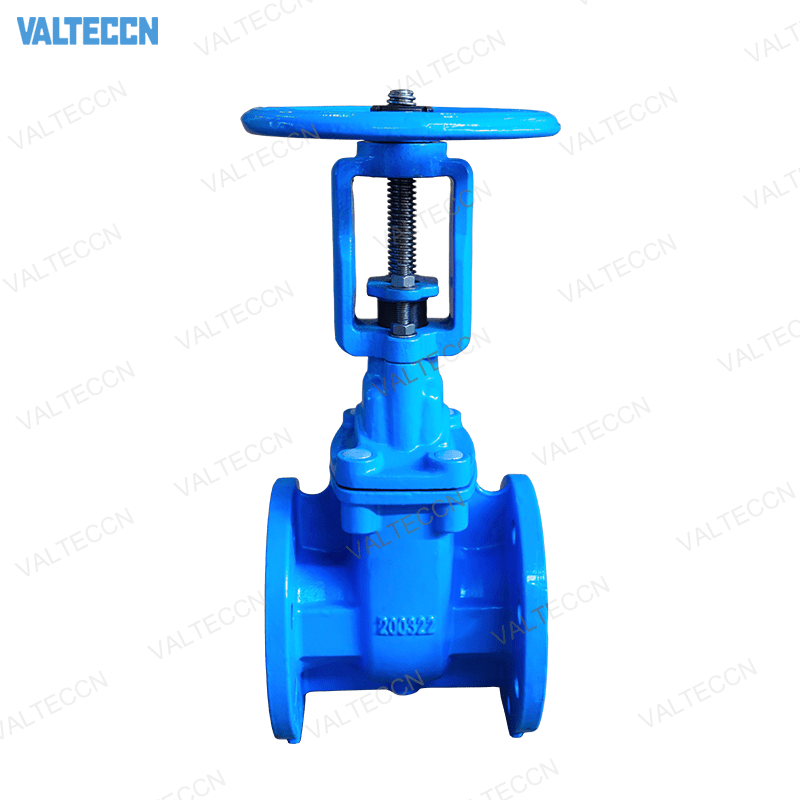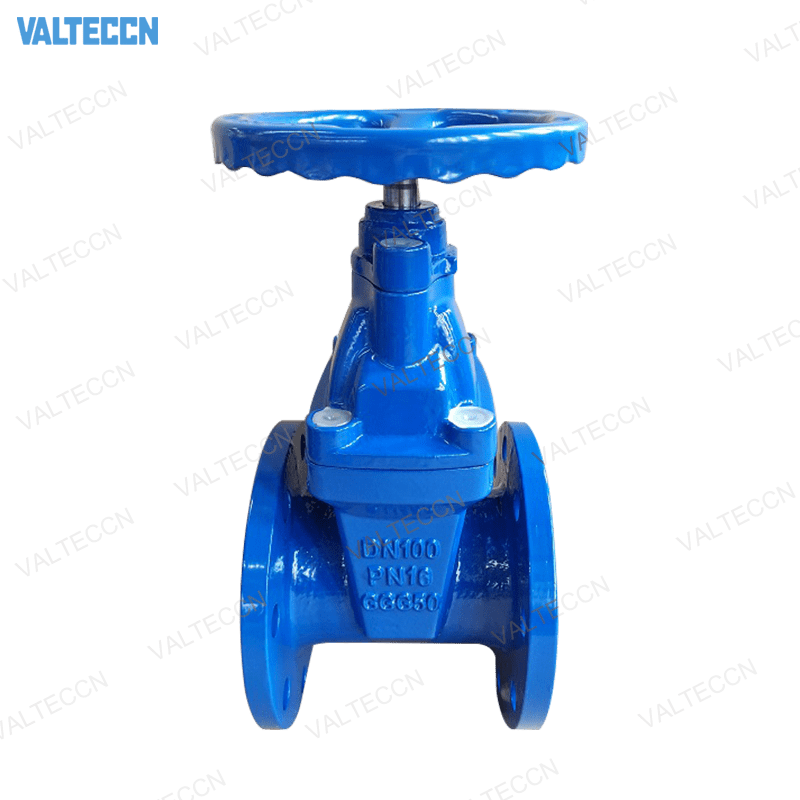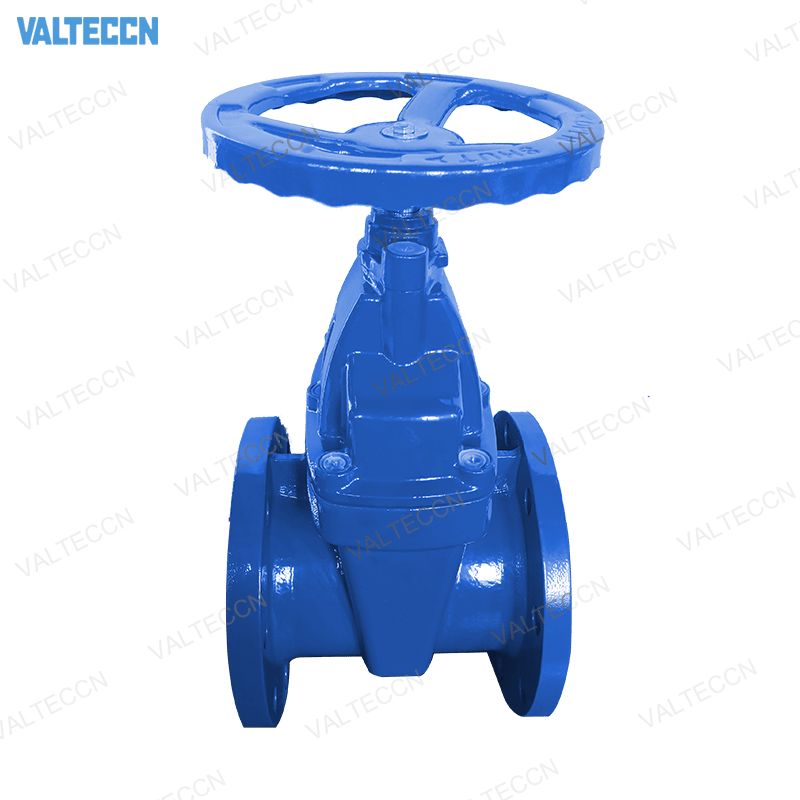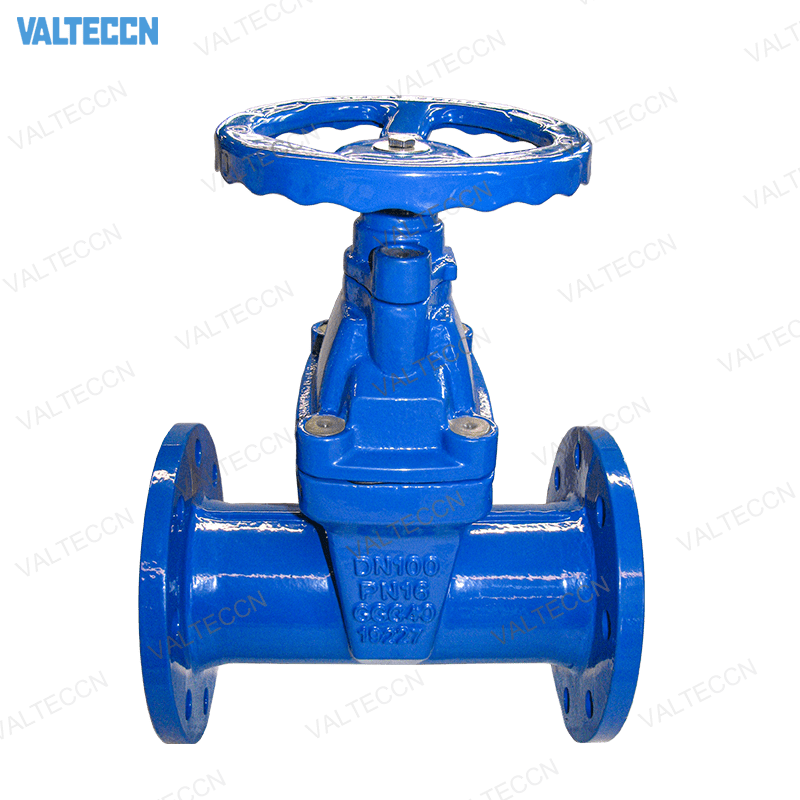Gate Valve VS Butterfly Valve: Choose the Valve That Fits Your Needs
Among the many industrial valves, gate valves and butterfly valves are popular due to their unique performance and range of applications. Understanding their differences is critical to choosing the valve that best suits your project needs.
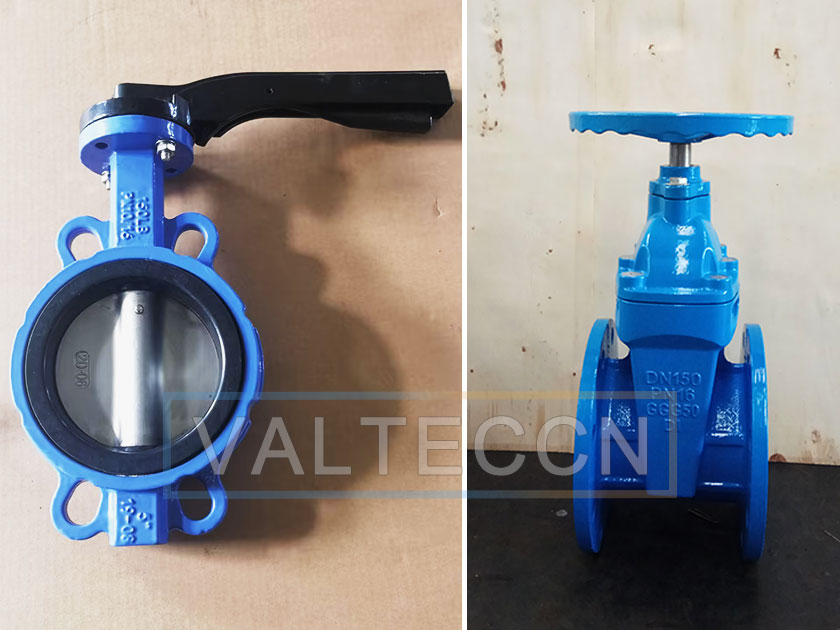
Gate valve characteristics
Gate valve controls the flow of fluid by moving the valve plate up and down, and its movement direction is perpendicular to the direction of the fluid. It is mainly used for fully open or fully closed operation and is not suitable for flow adjustment.
The main advantages of gate valves include:
- Small fluid resistance: When the valve is fully open, the fluid resistance is extremely small, suitable for the transmission of large flow rates.
- Good sealing performance: Most gate valves adopt forced sealing to ensure good sealing and less internal leakage after closing.
- Wide range of applications: Suitable for high temperature, low temperature, high pressure, low pressure and other working conditions.
Butterfly valve characteristics
Butterfly valves are popular for their simple structure, small size and light weight. It realizes quick opening and closing by rotating the butterfly plate 90°, and can also be used to adjust the flow rate.
The main advantages of butterfly valves include:
- Quick opening and closing: easy to operate, quick to open and close, suitable for occasions requiring frequent operations.
- Good adjustment performance: the flow rate can be accurately controlled by changing the opening angle of the butterfly plate.
- Wide range of application: Suitable for medium and large diameter pipes, as well as occasions with large pressure and temperature ranges.
For more information on butterfly valves, visit the VALTECCN butterfly valve special.
Difference between gate valve and butterfly valve
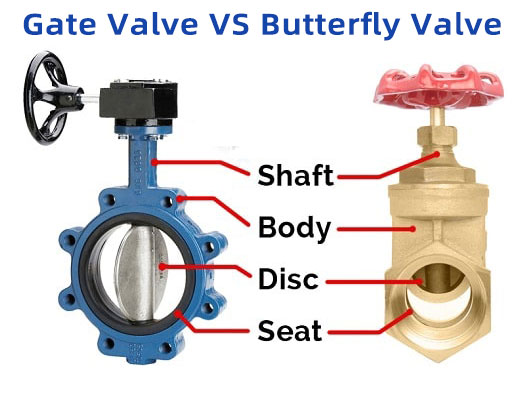
Gate valves: this valve is designed to start and stop the flow of water. It is named for the way that the stopper drops like a gate. The design offers little resistance, and fluid flows unimpeded through the valve. One last thing, gate valves can be set in any directional flow.
Butterfly valves: this valve is designed to start, stop, and regulate the flow of water. It’s named for the rotating disc that opens and closes the valve. Because you can partially open the valve, you can control the flow of water. One weakness is that it suffers from pressure drop.
Gate valve VS butterfly valve application
In the case of gate valves, a tight shut-off is usually required. Because they can be sealed, they are suitable for leak-proof gas and oil pipelines, chemical plants and power plants. They are also better suited for slurries and viscous fluids because the gate design prevents them from clogging.
Butterfly valves, on the other hand, are often used when quick and frequent use is required. Because they are simple and slow down, they work well in HVAC systems, water treatment plants, and food processing. It is also better to use butterfly valves instead of gate valves in large diameter pipes because they are cheaper.
Understanding the key differences between these valves and considering the specific requirements of your application will help you choose between gate valves and butterfly valves.
When choosing a gate valve or a butterfly valve, you need to consider the following aspects:
- Installation space: Due to its small size, the butterfly valve is suitable for occasions with limited space.
- Operating frequency: Butterfly valves are suitable for frequent operations, while gate valves are suitable for systems that open and close infrequently.
- Flow regulation: Butterfly valves can be used for flow regulation, but gate valves are not suitable and can only be used for switching.
- Price and cost: Under the same specifications, the price of butterfly valves is usually lower than that of gate valves, especially when the port diameter is larger.
- Pressure: Gate valves can handle higher pressures than butterfly valves.
Gate valve VS butterfly valve FAQ
Which is better, gate valve or butterfly valve?
Gate valves have stronger sealing properties and are more suitable for high-pressure applications. Butterfly valves are less expensive, come in very large sizes, and are often the best choice for large water pipeline applications.
Can a butterfly valve be used instead of a gate valve?
In low-pressure systems, butterfly valves can be used instead of gate valves because some leaks will not occur in low-pressure systems.
Which is better technically, using a butterfly valve or gate valves in a water pipeline with a diameter of 1000 mm?
In 1000 mm water pipeline suppliers will select based on your specific technical requirements.
Butterfly valve: Offers low pressure drop and quick operation, making it efficient. Not ideal for precise control or throttling.
Gate valve:Provides precise control, durability, and tight sealing but has slower operation and is bulkier.
VALTECCN is a gate valve and butterfly valve supplier, if you are interested in our products, please feel free to contact us, valve experts can help you make a decision based on your application requirements.
Leading manufacturer of cast iron gate valves in China
Non Rising Stem Gate Valve – VALTECCN Gate Valve Manufacturers
Non-Rising Stem Gate Valves for Chemical Waste, Export to UAE
Soft Seal Flange Ductile Iron Gate Valve Exported to Europe
VALTECCN Rising Stem Gate Valve: Ideal for the South African Market
Aluminum Bronze Seat Gate Valve Exported to Europe in August
